Squash (Winter) Hornet F1
The most popular type of winter squash, butternuts are surprisingly easy and trouble free to grow. The large heavy fruits will store for several months once harvested and provide generous quantities of colourful and deliciously sweet tasting flesh. Perfect for those warming winter soups, for mash and roasting.
Growing Advice
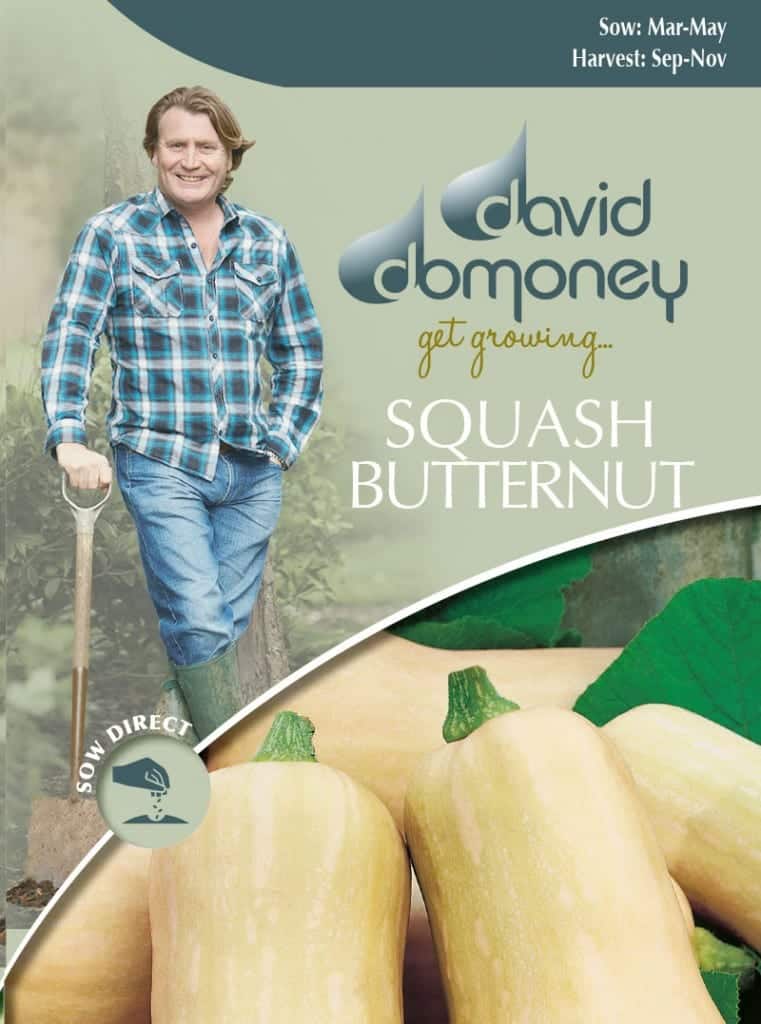
Sow outdoors in May. Butternut squashes can be sown outdoors for ease. Choose a sunny, sheltered location for best results and wait until the soil has warmed up, ideally to around 10°C or more. If the soil is very heavy, cold or waterlogged an indoor sowing is preferable. Squashes like good fertile soil so it’s worth digging in a slow release fertiliser or some organic matter before you start. Sow edge downwards, 5cm deep directly where plants are to grow, spaced 90cm apart. Gently firm the soil and keep moist. Remove any weeds as they appear. Early sowings will benefit from cloche protection.
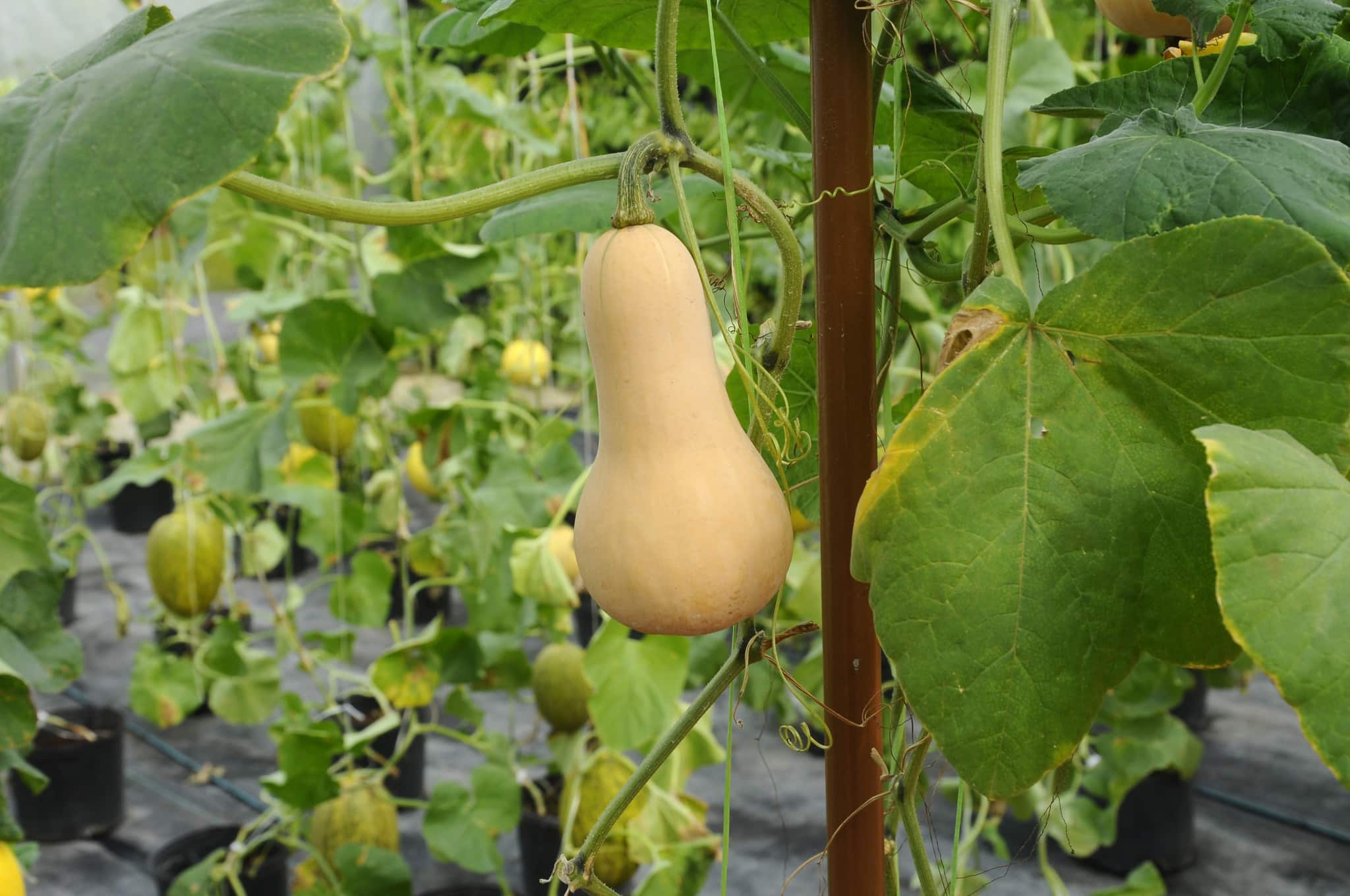
Top Tips About Seeds
- Once the seed packet has been opened, the seeds can be stored in an airtight container until required for further sowings.
- Butternut squash seeds will maintain their vigour for a good number of years.
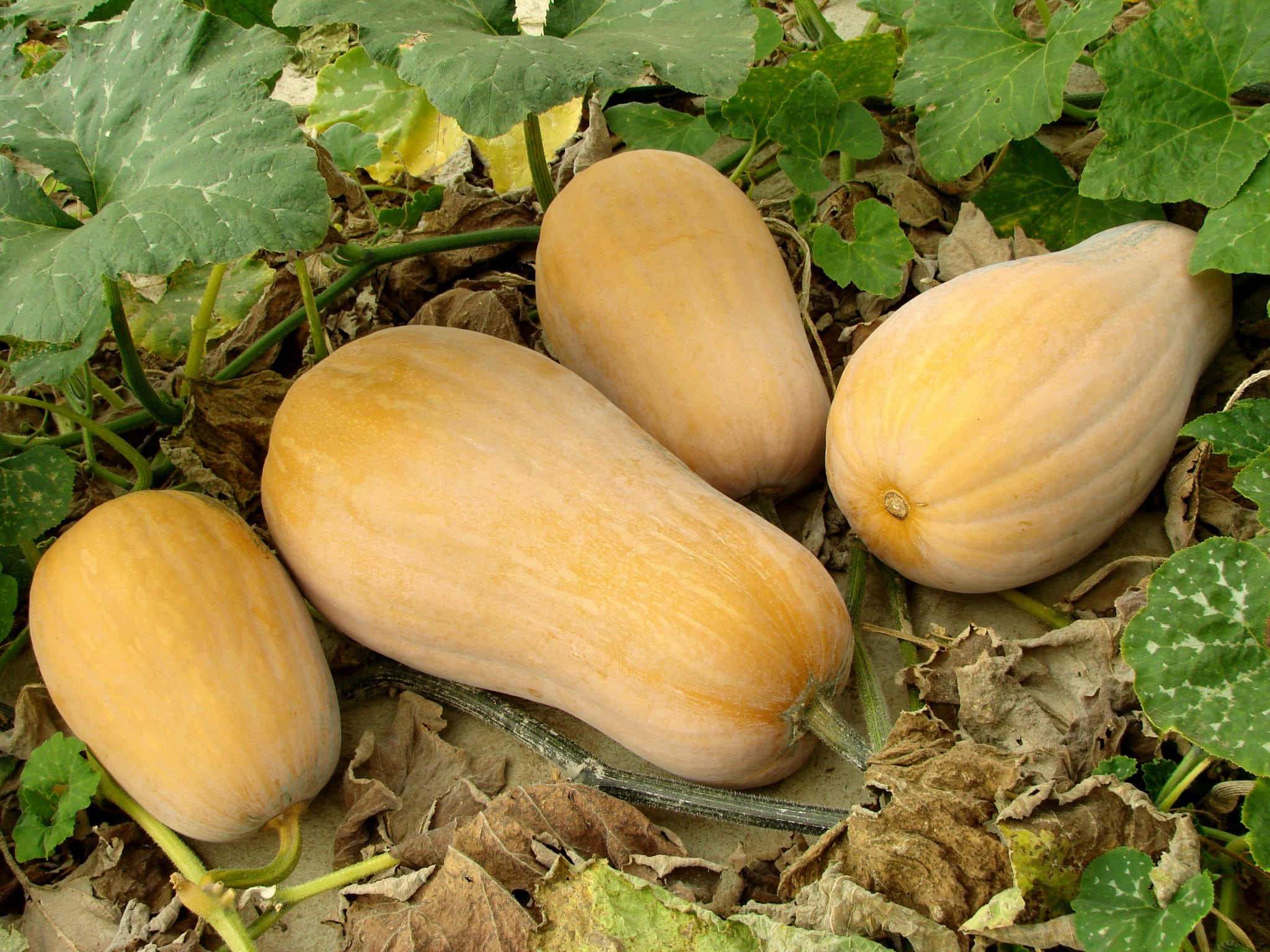
Butternut squashes form large plants and are not recommended for growing in patio pots.
Late in the season mildew often begins to affect the leaves, by this stage the fruit should be well developed and ripening so it is unlikely to affect the quality of the squashes. Sometimes aphids can affect weak young plants and in the worst cases spread disease to the plant. With care aphids can be washed off and removed from the plant. To make it difficult for aphids keep the plants well watered and strong.
Harvest from September from November. It is best to gather them as late as possible but before the first frosts set in. The fruits are ready when the stem hardens and turns woody and the fruit should sound hollow when tapped.
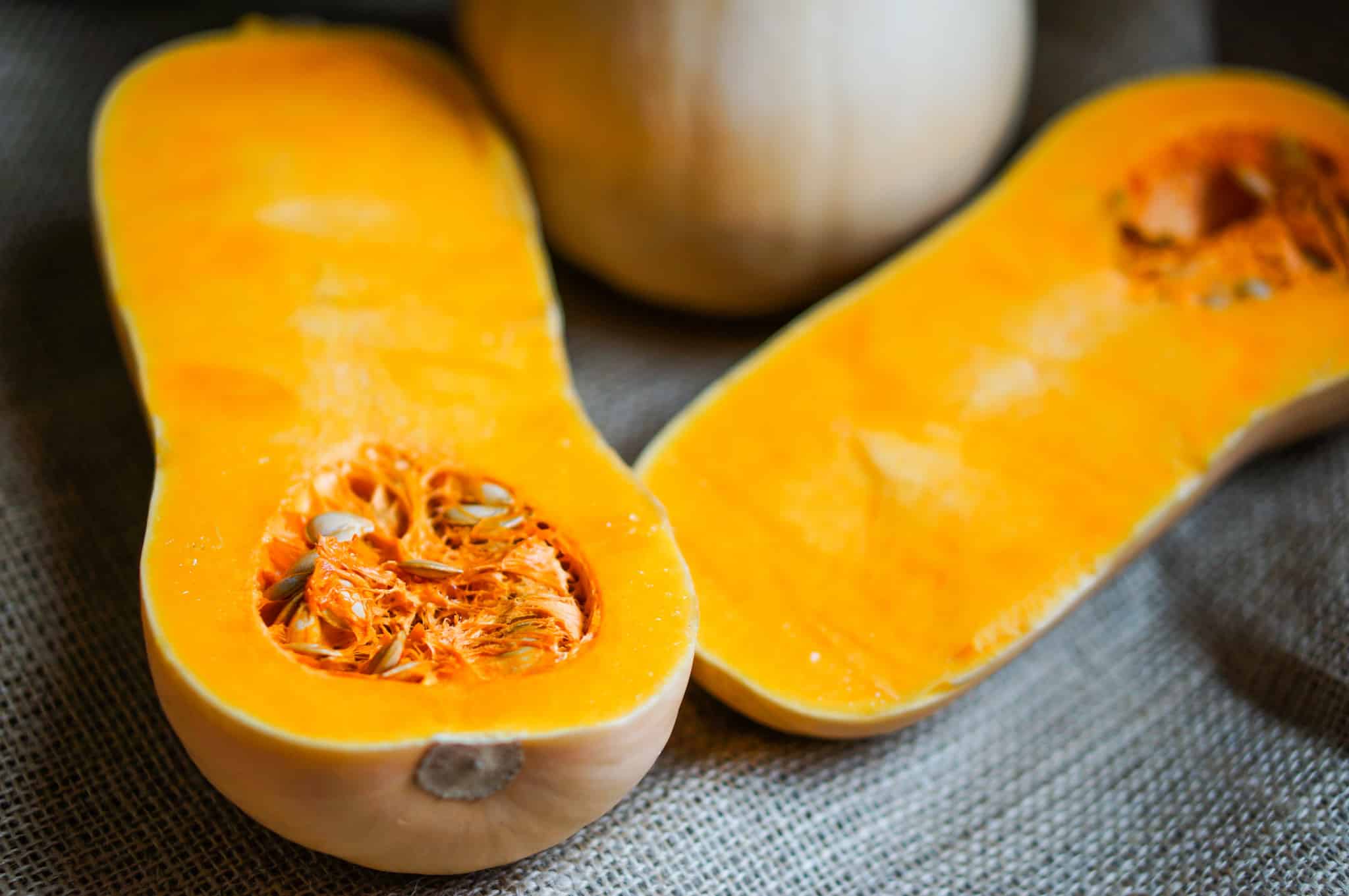
Ideas on how to use your Squash
When plants begin to flower and produce fruit, a regular watering with a liquid feed will help to maximise the crop. It is import to water plants regularly as irregular ‘boom and bust’ watering will result in poor quality fruit. It may also weaken the plants enough to succumb to mildew. Placing the developing fruit on a mulch such as straw or even old roof tiles will keep them up off the ground and prevent rotting in damp conditions or discolouration of the skin.
David Domoney is a Chartered Horticulturalist, Broadcaster, and Author. David has worked with a number of the UK’s leading garden retailers as a plant buyer and strategic consultant. With more than 30 years experience, in horticulture, David is as passionate about plants now as he was when he bought his first plant at a village fete.



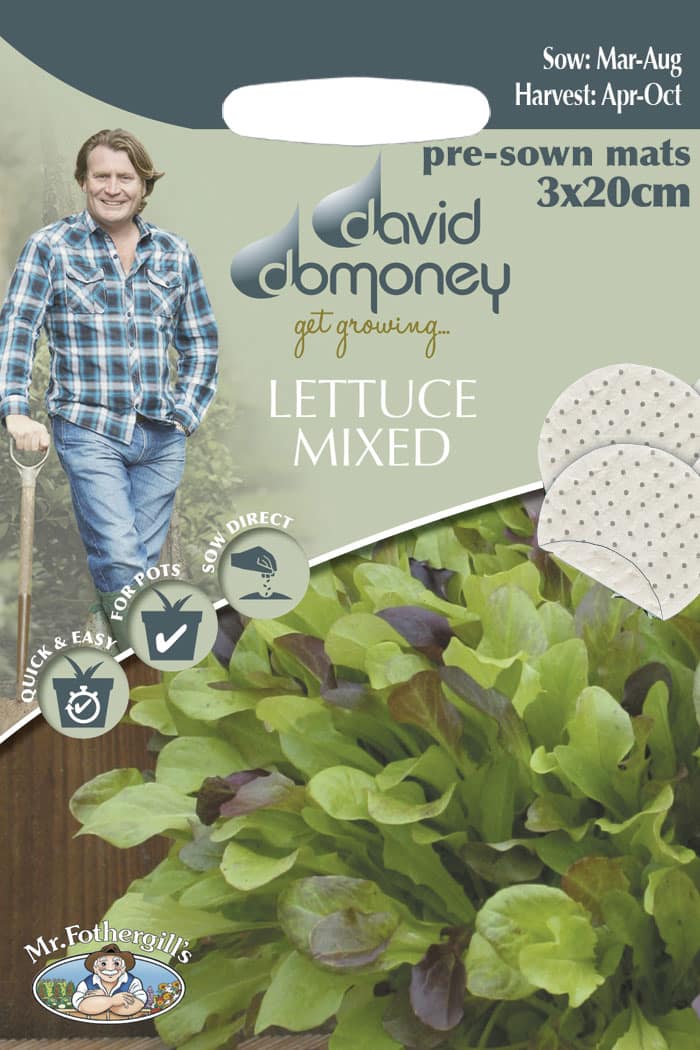
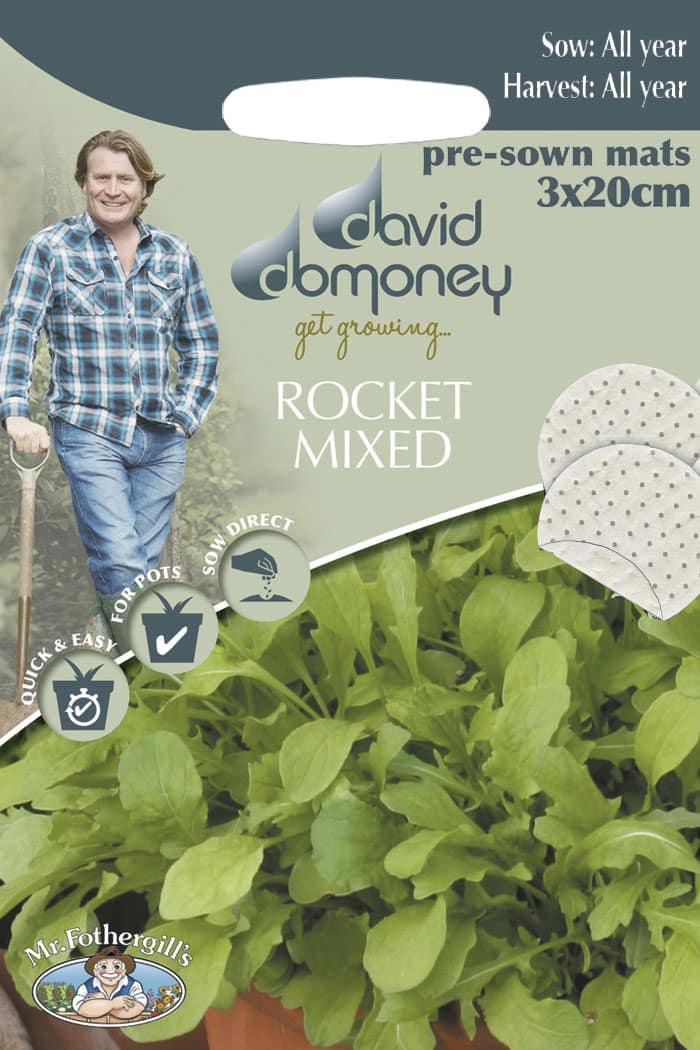
Leave A Comment